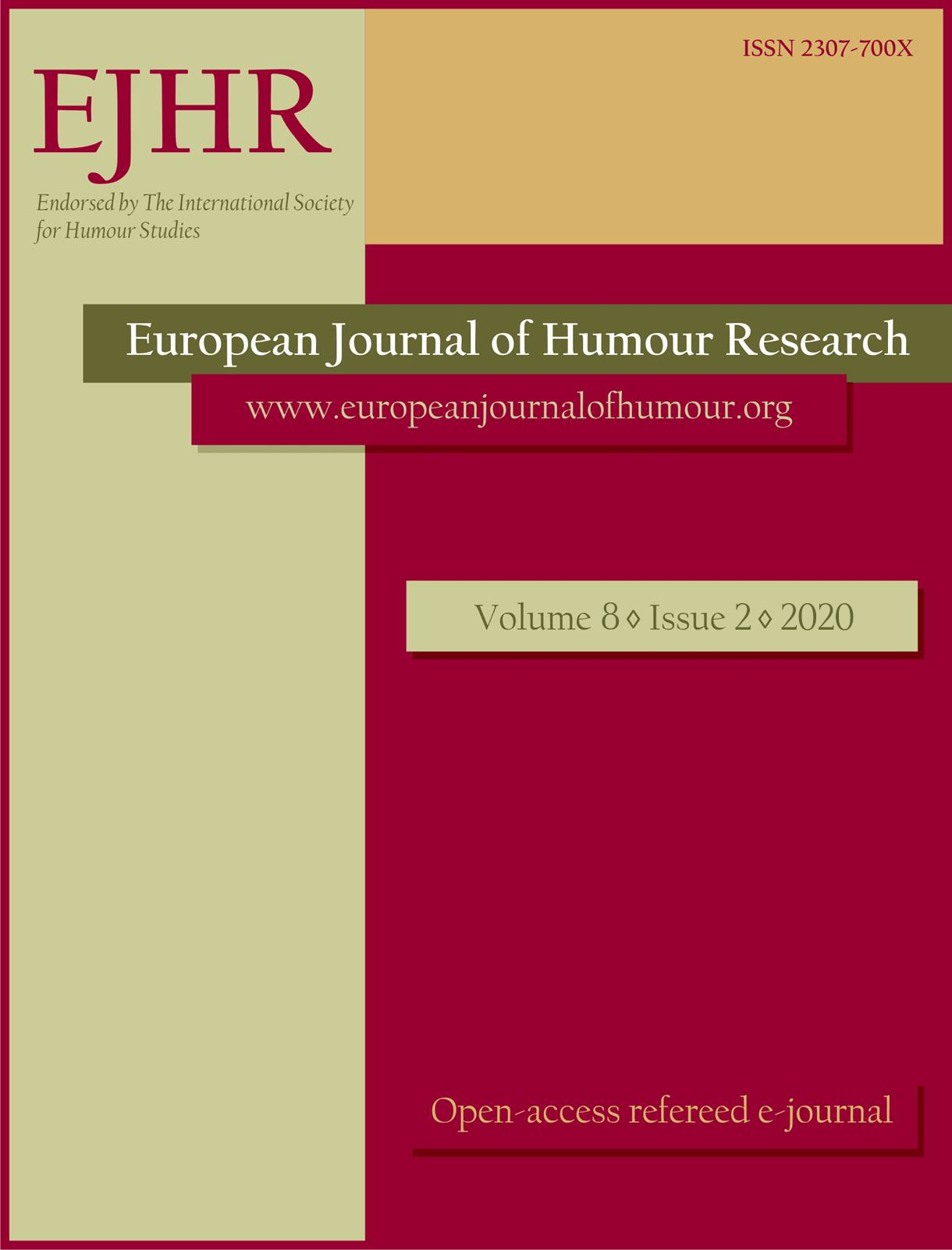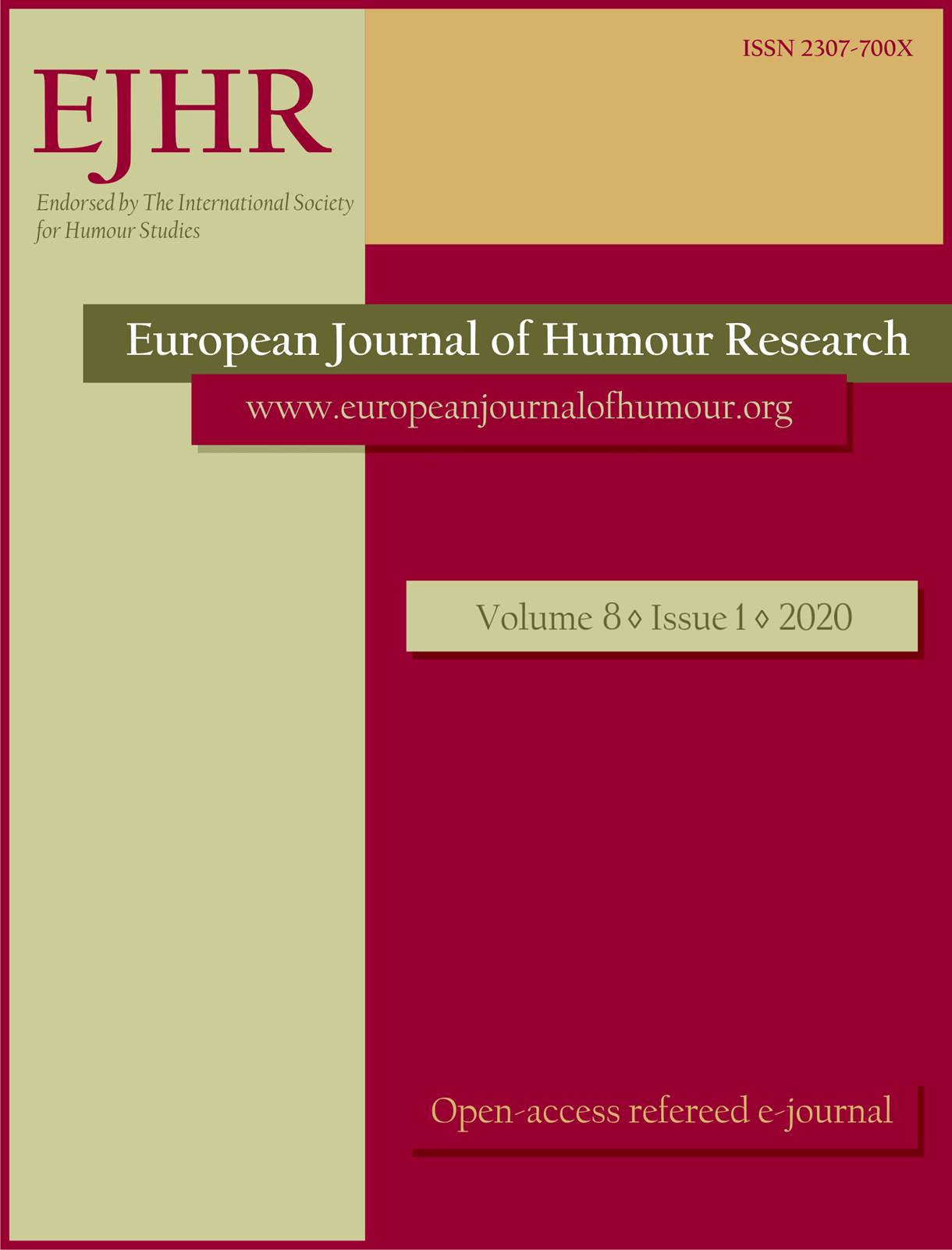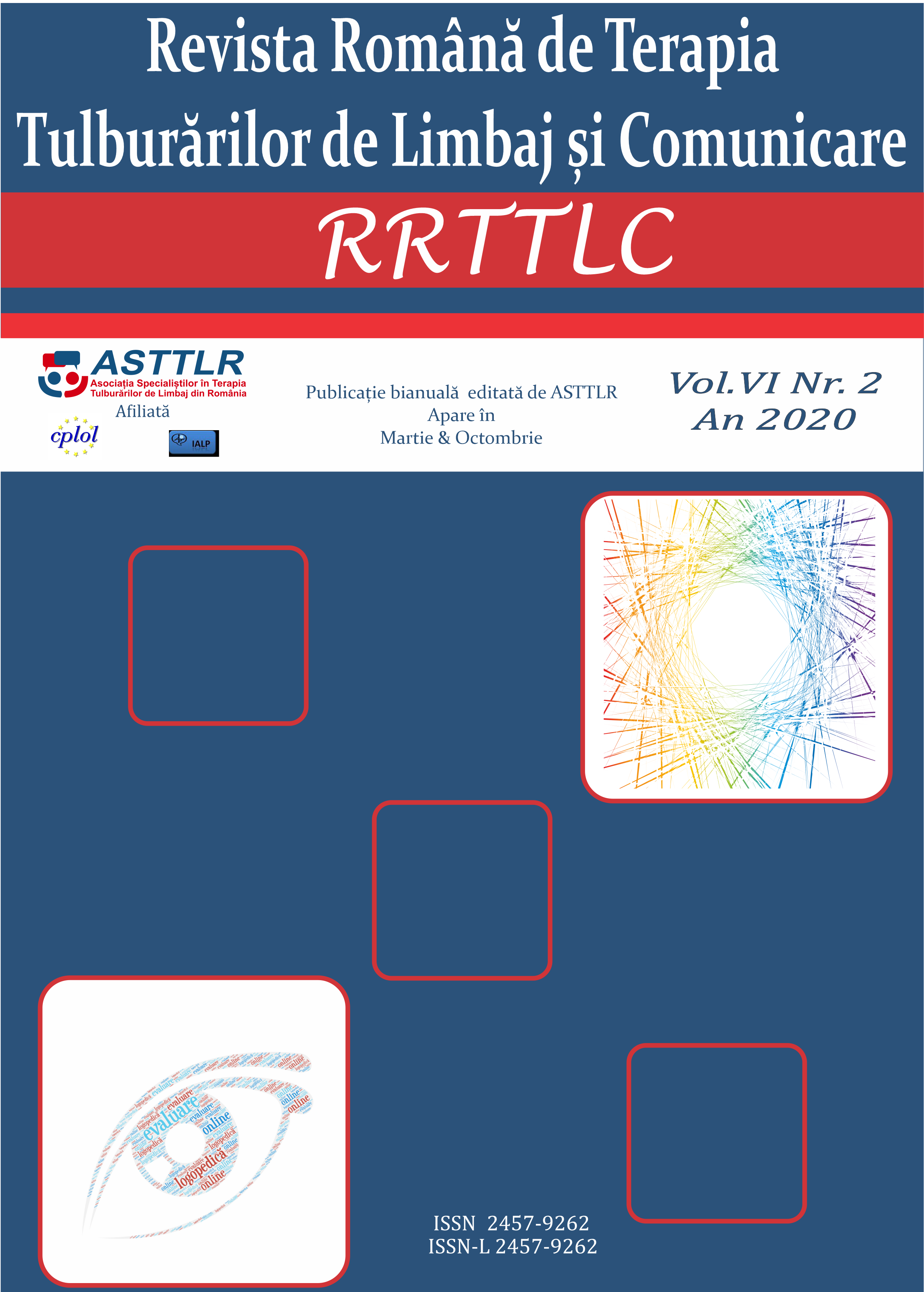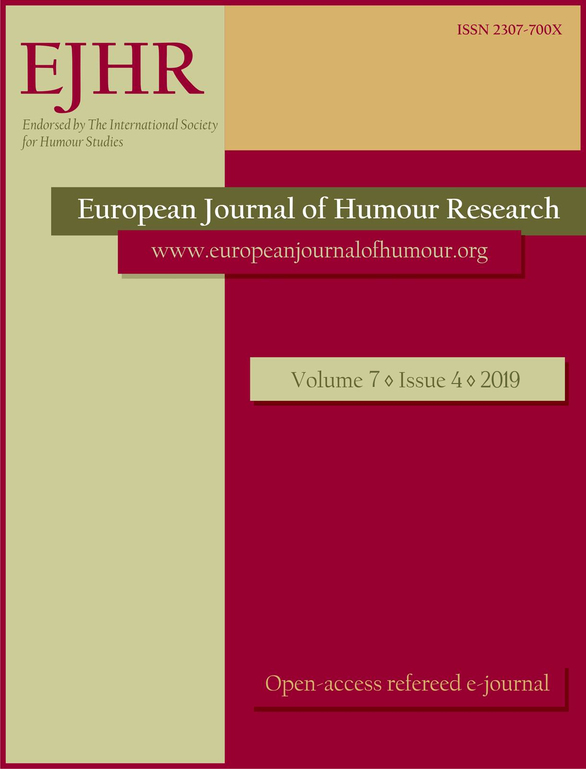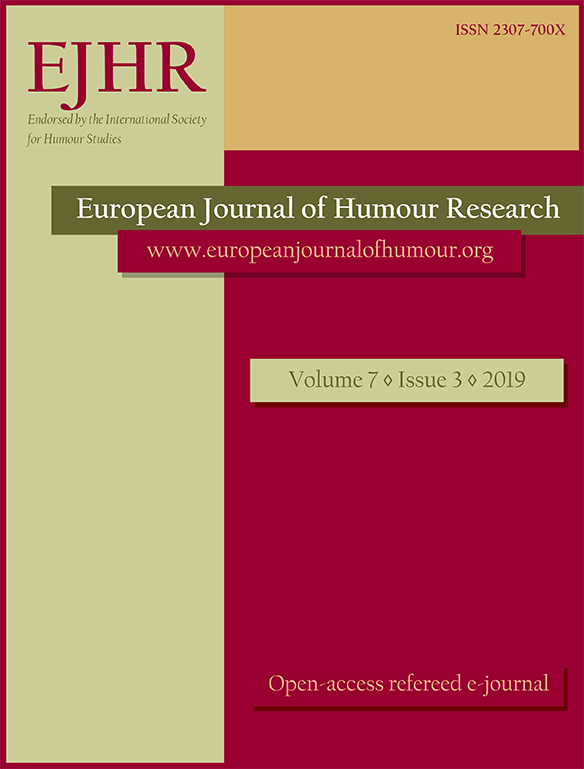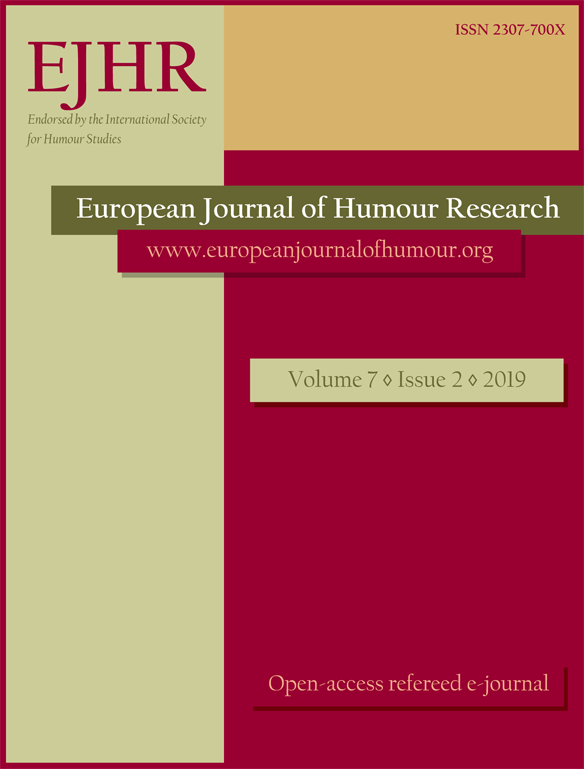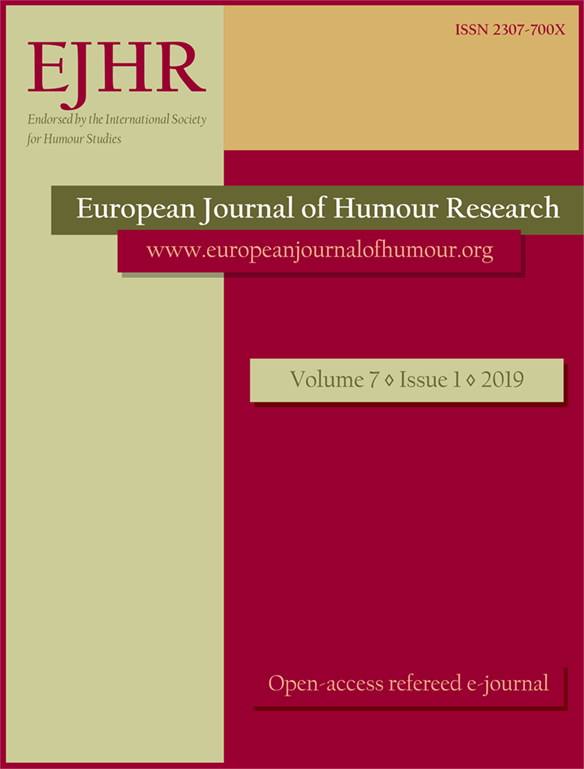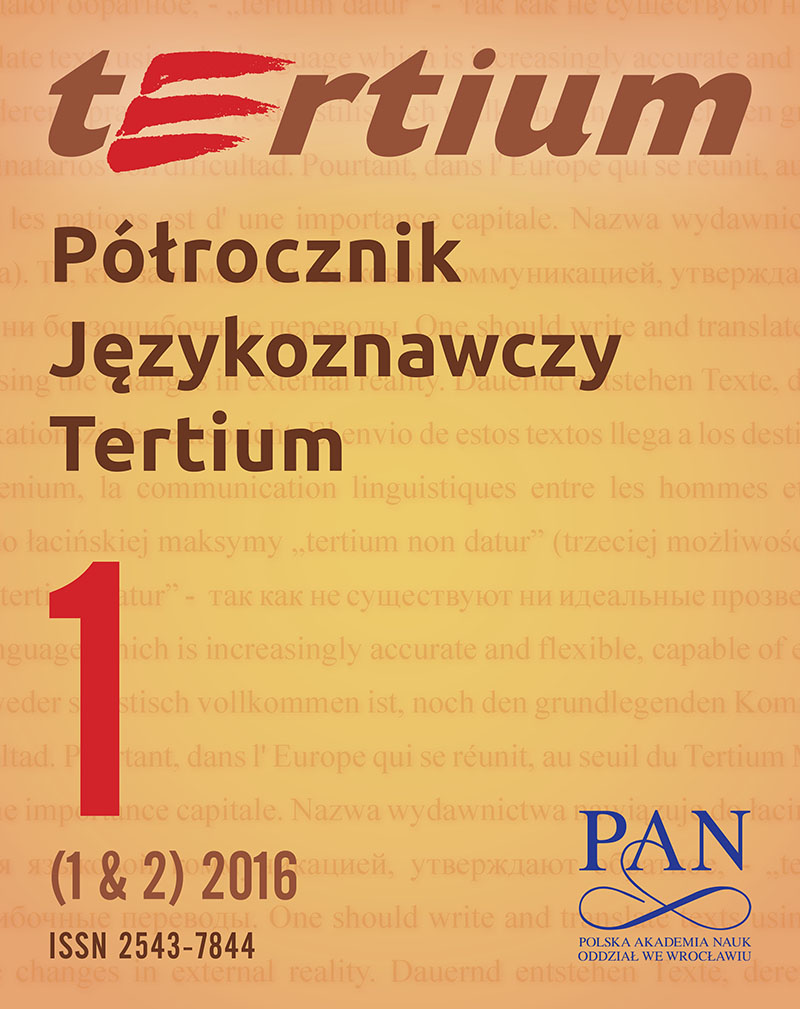
Dzieje innych miłości, czyli o nieprzekładalności bezwzględnej w tekstach o wartościach w sztuce
Autorka stawia pytanie o nieprzekładalność „absolutną”, czyli o to, co nie dociera do obcojęzycznego odbiorcy translacji. Na podstawie albumu o zabytkach kultury polskiej przechowywanych w Bibliotece Narodowej w Warszawie, w wersji angielskiej tłumaczonej z polskiego oryginału i mogącej służyć za wzór znakomitego przekładu, ukazuje, jak teksty odnoszące się do sztuki narodowej mogą zawierać takie pułapki dla tłumacza. Mimo doskonałego wykonania przekładu, u docelowego odbiorcy z innego kręgu kulturowego tłumaczenie nie wywołuje tych samych reakcji na specyficzne, inherentne wartości tekstu pierwotnego, doznawanych przez czytelników należących do społeczności kulturowej tekstu wyjściowego. // The author asks whether there is such a thing as “absolute” untranslatability. In other words, do situations occur in which the full translatability of a text is prevented no matter how good the translation and how skilful the translator? She examines the English translation of a volume on national heirlooms, items of Polish heritage preserved in the National Library in Warsaw. This translation may be regarded as a benchmark for quality, yet it turns out that recipients not belonging to the Polish cultural milieu will not be able to respond emotionally in the same way as natives to the cultural values inherent in the original text.
More...
